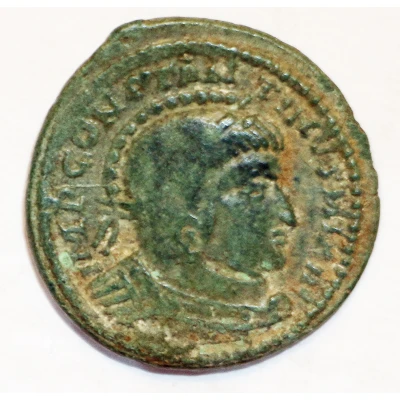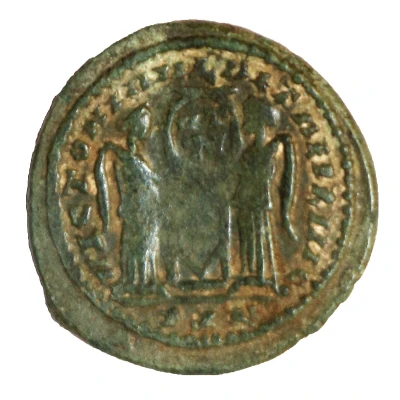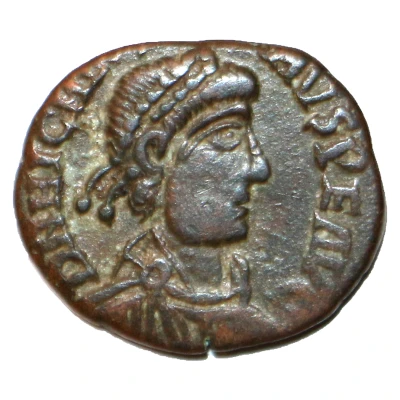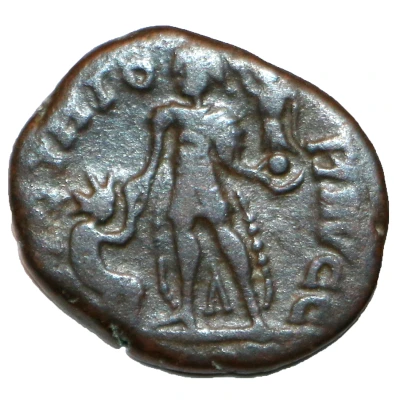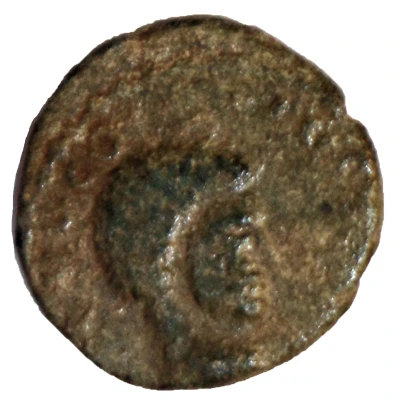
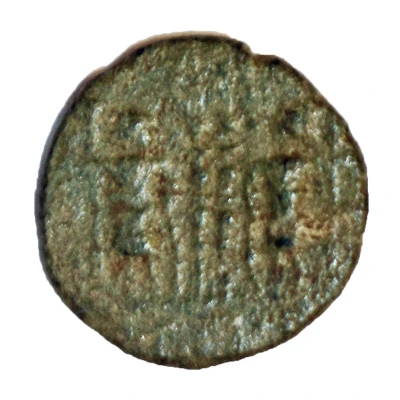

Follis - Constantius Gallus GLORIA EXERCITVS; Barbarous imitation
| Bronze | 1.4 g | 14 mm |
| Issuer | Uncertain barbarous city (Rome) |
|---|---|
| Type | Standard circulation coin |
| Years | 351-354 |
| Value | Follis (1) |
| Composition | Bronze |
| Weight | 1.4 g |
| Diameter | 14 mm |
| Shape | Round (irregular) |
| Technique | Hammered |
| Orientation | Variable alignment ↺ |
| Demonetized | Yes |
| Updated | 2024-10-04 |
| Numista | N#274190 |
|---|---|
| Rarity index | 97% |
Reverse
Two soldiers standing, with two standards between them
Script: Latin
Lettering: GLORIA EXERCITVS
Comment
Found in Britain. Minted in Britain or Gaul.Gallus was Eastern Emperor from 351 to 354, a junior (caesar) of the augustus, his cousin Constantius II. This reverse is usually Constantius II in official issues, but Gallus was always depicted bare-headed while Constantius II had a diadem.
Interesting fact
One interesting fact about this coin is that it is a barbarous imitation of a Roman coin, meaning it was created by a non-Roman culture or group, possibly as a form of currency or as a way to imitate the powerful Roman Empire. This imitation coin was made of bronze and weighs 1.4 grams, which is relatively light compared to other coins of the time period. Despite its origins as a copy, this coin still holds historical significance as a representation of the spread of Roman influence and culture throughout Europe and beyond.
